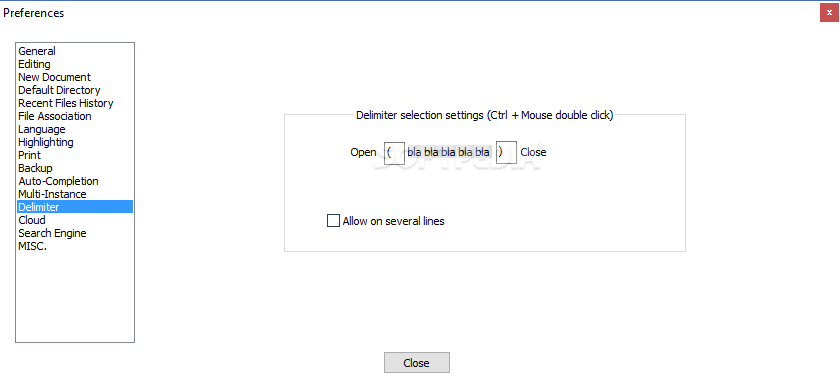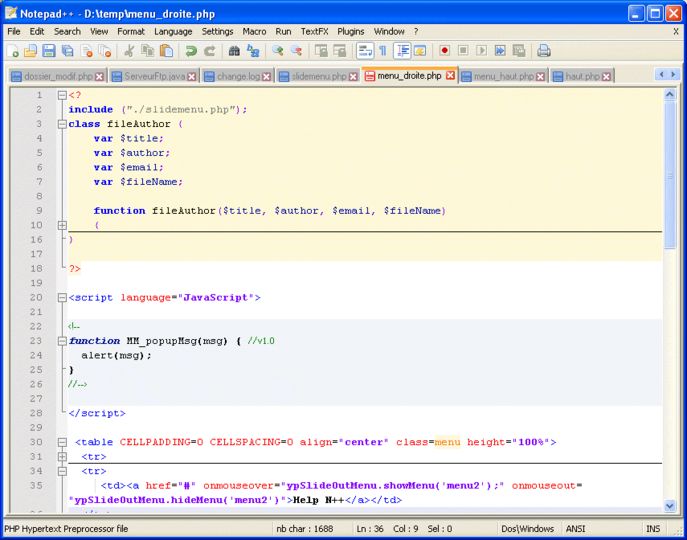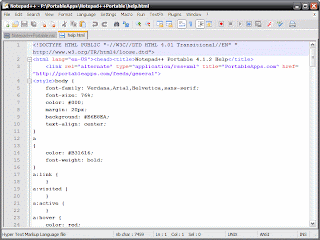
If you are a user without administrator rights (e.g.

It is basically the same for other Windows versions too. Like, just repeat the steps again with a new menu item name. You can add as many applications to the desktop context menu as you’d Naturally, using this menu item should launch Notepad++. Paste in the full path to the executable that you got from the “CopyĪs Path” step above, or you can put in the full path yourself if you’dĪnd right-clicking on the desktop will produce the new menu item… (Default) key in the right side to edit the string value. Now click on “command” on the left side, and then double-click on the You can use Shift + Right-Click to get theĬopy as Path menu item to find this more quickly. To complete this step you’ll need the full path to the application Give this key the name “command” in lowercase. Notepad++ key, and then choose New \ Key from the menu. Next you’ll need to create the command key that will actually hold theĬommand used to launch the application. For this example we’ll be using Open with Notepad++. Give the new key the name that you want to show up on the desktopĬontext menu.

Right-click on the “shell” key, and then choose New \ Key from the Name of which is exactly what is going to show up on the desktop menu. Next, you’ll want to create a new key underneath the shell key, the The screen should look similar to this one if you are in the right HKEY_CLASSES_ROOT\Directory\Background\shell

Regedit.exe through the Start Menu search or run box, and then browse The first thing you’ll want to do is open up This is explained in How to Add Any Application to the Windows Desktop Right-Click Menu article which says:


 0 kommentar(er)
0 kommentar(er)
